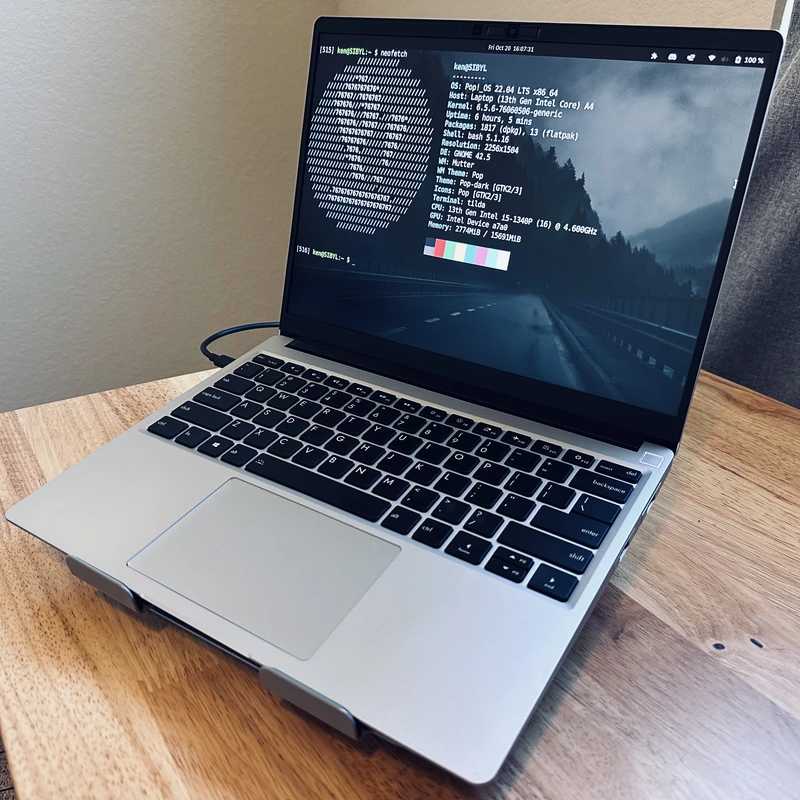
I bought a new laptop after eight years. I put it together and have been using it for a while, so I’m also giving some of my initial thoughts.
Overall, I think it’s just fine, but not outstanding. This laptop will not be for everyone, and I realized this only after using it that there are certain tradeoffs that will be made when choosing a repairable laptop made by a relatively new company. Repairability and Linux support exceeded my expectations, but I was not impressed with build quality.

My old laptop is a 2015 HP Spectre x360. I’m going to miss this thing but it’s finally time to replace it.
Part of my interest in the Framework, marketed as a repairable laptop, started with an experience with a modern laptop that made me really jaded about the industry.
I know someone that went to an Apple Store because her Mac developed a small crack on the screen. They inspected it, but told her they had to replace another component in the keyboard even though she did not notice any issues with it. They just did an unsolicited inspection of other parts of the machine (which itself was not the problem). She was quoted $700, over half of the original price of the whole computer. They even recommended her to buy a new computer. She went to an independent repair and got it fixed for $150.

Another factor that ultimately made me pick Framework was discovery of the Framework Marketplace, a first-party shop for spare parts. The store was proof anything could be replaced on a Framework, and I liked that. According to Framework: “With each new launch, we reduce prices on remaining inventory of the previous generations. You can join the Framework Laptop ecosystem for less today, and upgrade any module in the future if you ever need to.”
I picked the 13” model with an Intel i5-1340P, the lowest-end CPU available, with 16 GB memory and a 1 TB SSD.
| Component | Option |
|---|---|
| Chassis and CPU | Framework Laptop 13 DIY Edition i5-1340P |
| Memory | Crucial 16 GB (2x8) Notebook DDR4-3200 |
| Storage | WD_BLACK SN850X 1 TB SSD 7300/6300 read/write |
| Bezel | Black Bezel |
| Keyboard | Keyboard Cover Kit US English |
| Power Adapter | 60W US/Canada |
| Various Expansion Cards | 2 USB-C 2 USB-A HDMI |
I placed my order Sunday night, it shipped out from Taiwan on Monday afternoon, and arrived at my door in the United States on Wednesday morning.
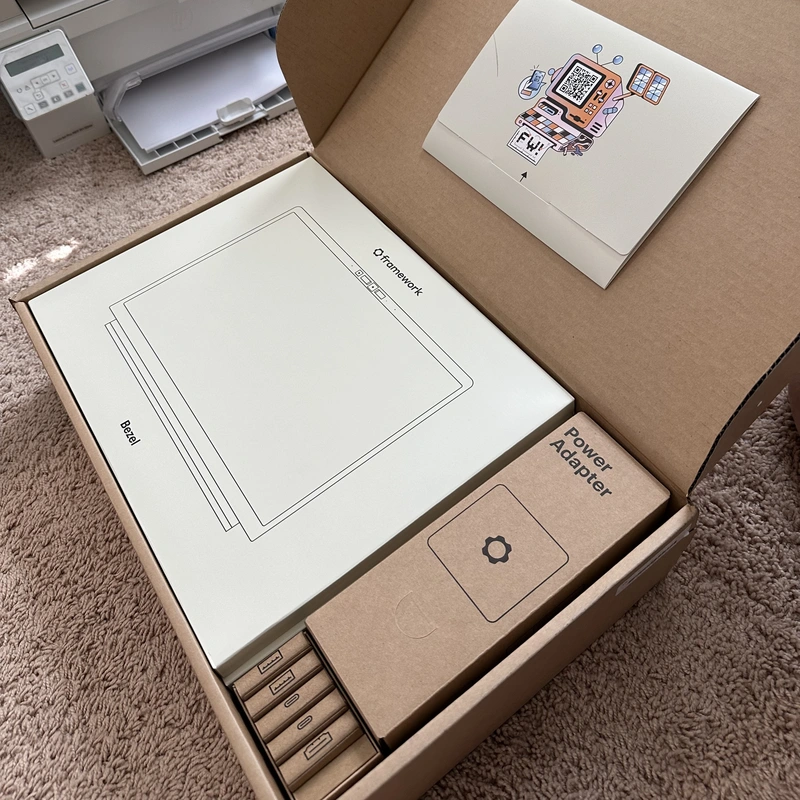
The keyboard and bezel come in separate boxes so you see the computer bare like this when you open it for the first time. The CPU, battery, and WiFi module were already pre-installed.
My first step is to install storage and memory.
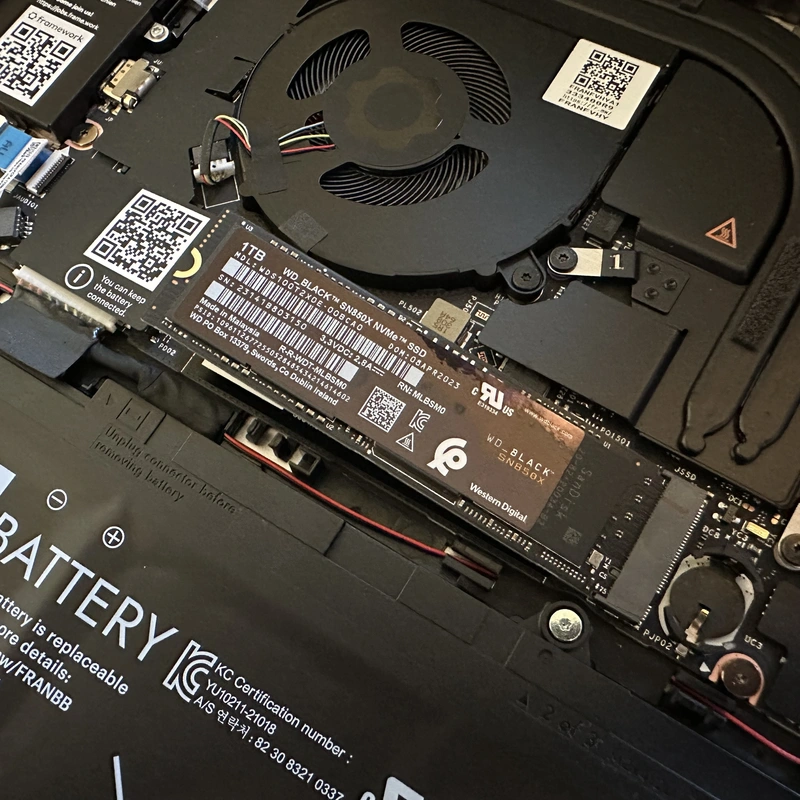
Next, I attached the keyboard cover and bezel. Both are both magnetically mountable.
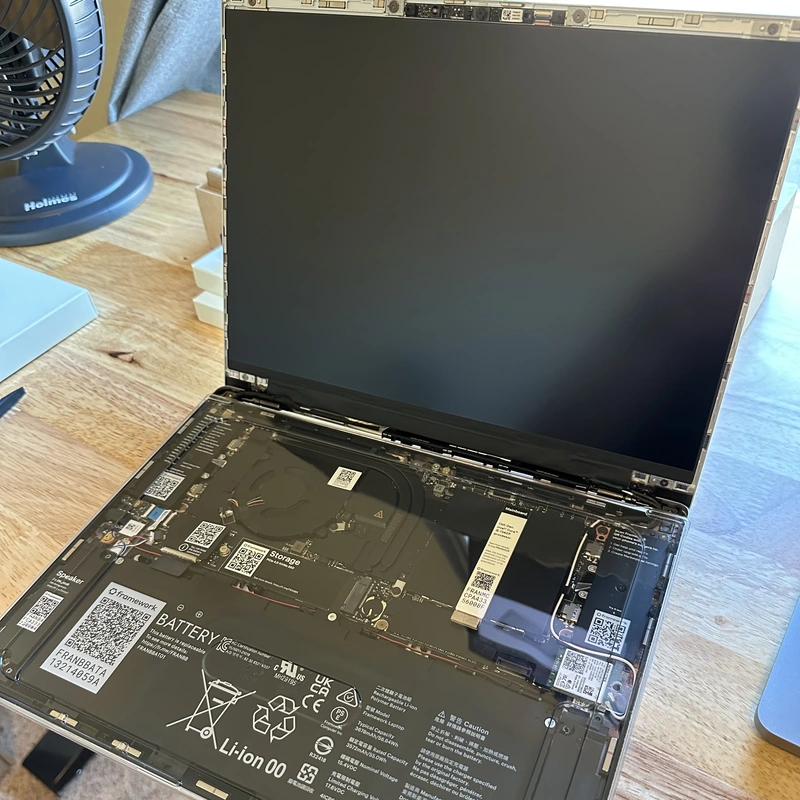
The keyboard cover is secured by five screws through the back cover. The screws are designed so they can be loosened but don’t completely come out (so you won’t lose them), and I learned that the term for this is captive screw. Overall, I found it super easy to remove and replace the cover, compared with most other laptops I’ve tried with before.
The bezel was a little bit more troublesome because it did not fit nicely with the way some of the wires were pre-installed, causing this creaking sound when I opened and closed the lid. I pulled the wires out and readjusted them, fixing the noise.
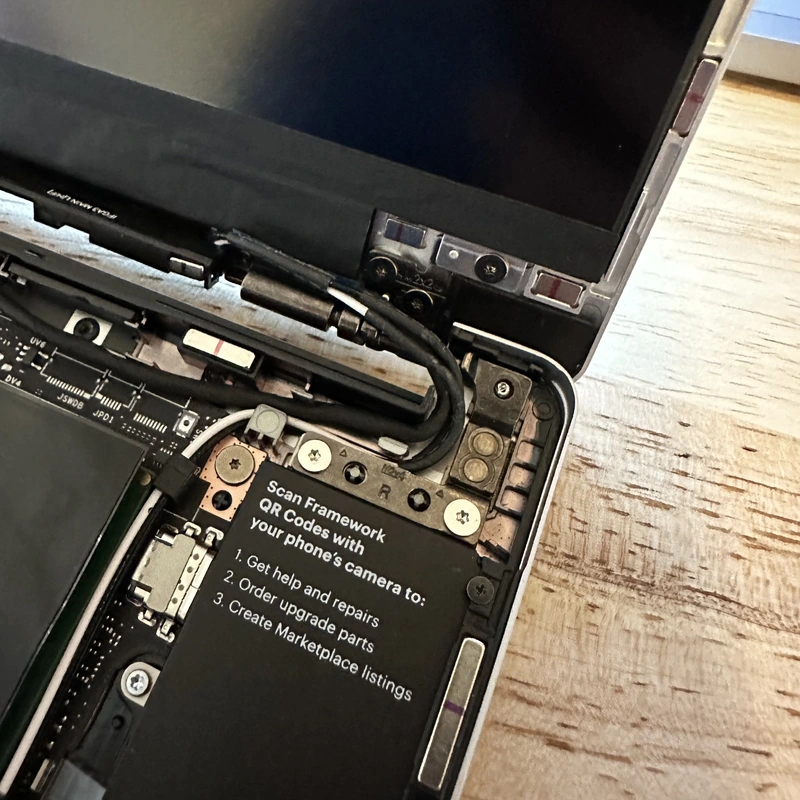
A unique feature I’ve never seen before is Framework’s expansion card module system that lets you mix and match four connectors of your choosing (two on each side). I find it thoughtful for customization. So if you prefer your charger cable or a display cable to run out from a certain side, you can do that.
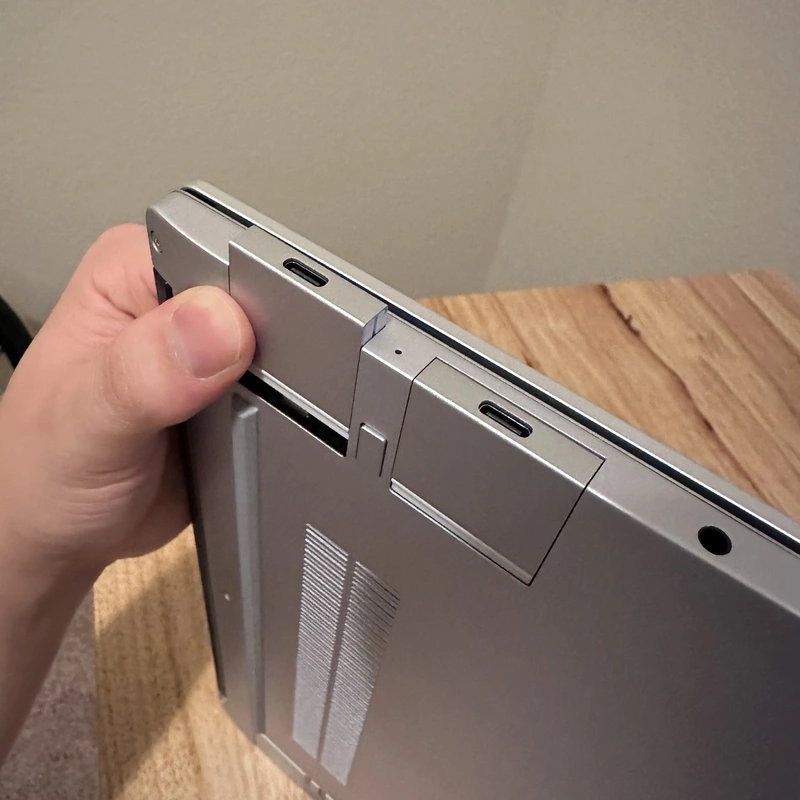
I bought two USB-C and two USB-A cards for regular usage, and threw in an HDMI card for when I want to connect to other displays around the house.
Of the expansion card system I would give one criticism. While having customizable ports is good, having only four feels limited and I wish there were simply more. Four feels like bare minimum.
I’ll get to the point: build quality does not feel in line with its price. Reviewers and marketing material calling it “premium” is a stretch.
Build quality is just fine, maybe mid-tier. This laptop was $1128 USD with my component choices, and, judging by build quality and tactile feel alone, this is something I would expect in the ~$700 range. It feels plasticy and flimsy.
Of course, we’ll be fair and bear in mind that the advantage of being repairable is that you reserve the right to correct flaws yourself. Even though I think the Framework is overpriced for its offered quality, the difference in price might be considered a premium paid for having the ability to change it myself later.

The Framework’s most major build flaw is this screen lid. I think it’s very thin aluminum. The magnetic bezel (the black piece I installed around the screen) is also a flimsy plastic that you could snap with your fingers that does little to make it feel stronger.
It feels extremely weak when you handle it on the sides or the corner. When I try opening or closing from the corner, as I typically do, it flexes before it begins movement on the hinge. It’s the most flexion on any laptop lid I’ve ever used. All of my previous personal and work laptops are completely solid with zero bend, so this one was quite a shock.
The power button is backlit by LED. A sticker, matching the chrome color of the chassis is on top of it, but very crooked as if it were sloppily applied by hand.
You might not find this a very big issue. I argue that, itemized, this key cover is $99. At this price point it’s really a bummer to look at.
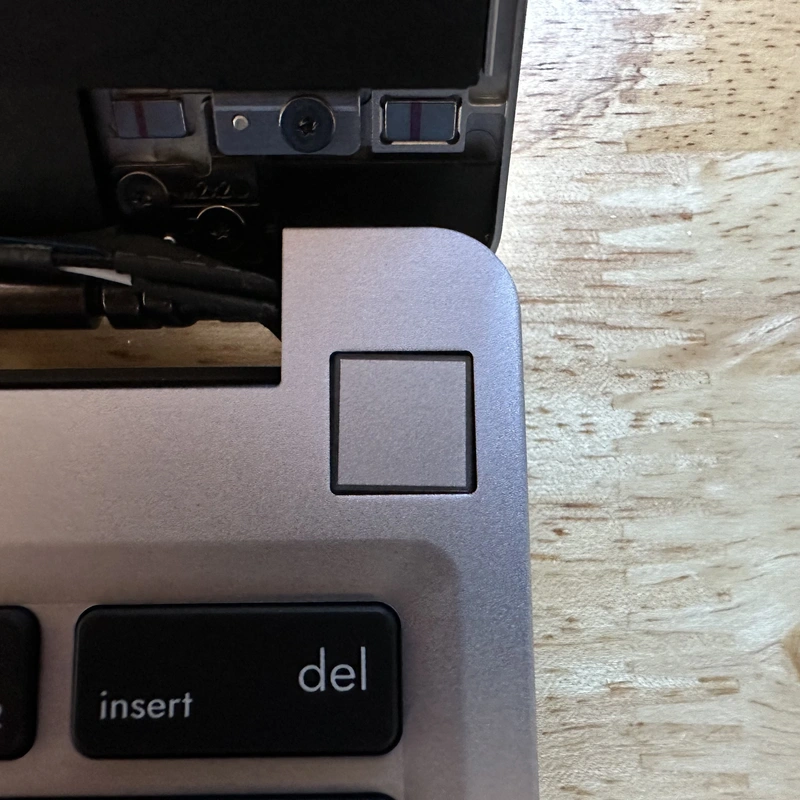
The noticeable effect of its crookedness is exacerbated when the laptop is on and the button is backlit. It’s there, a bright reminder to me every time I turn on this laptop of poor quality and workmanship.
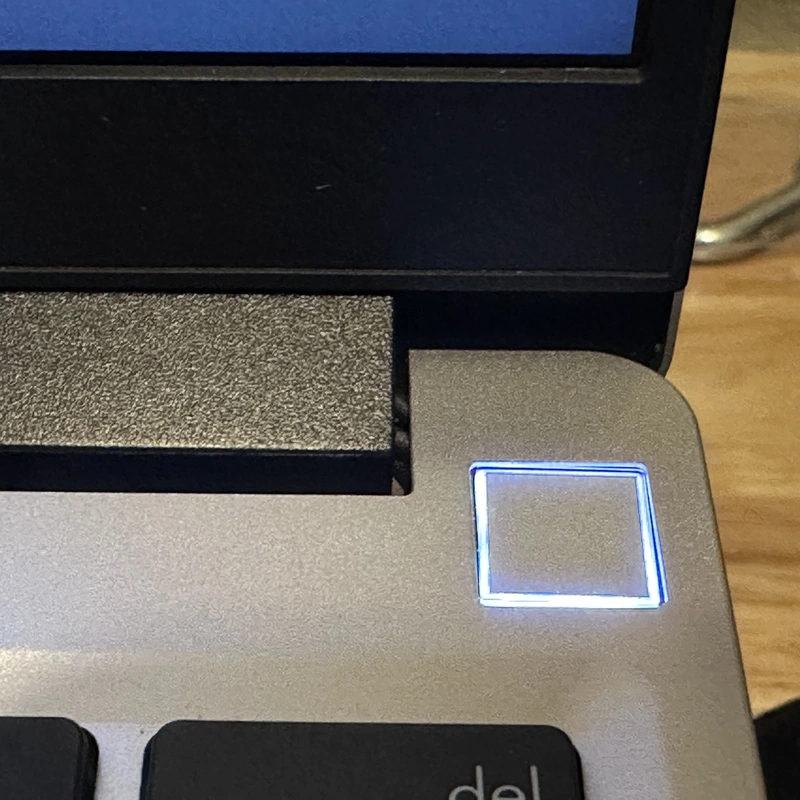
Nitpick: I picked the no-OS-provided version, so why is the keyboard specifically Windows branded? An OS-agnostic super key would be better across all of Framework’s laptops.
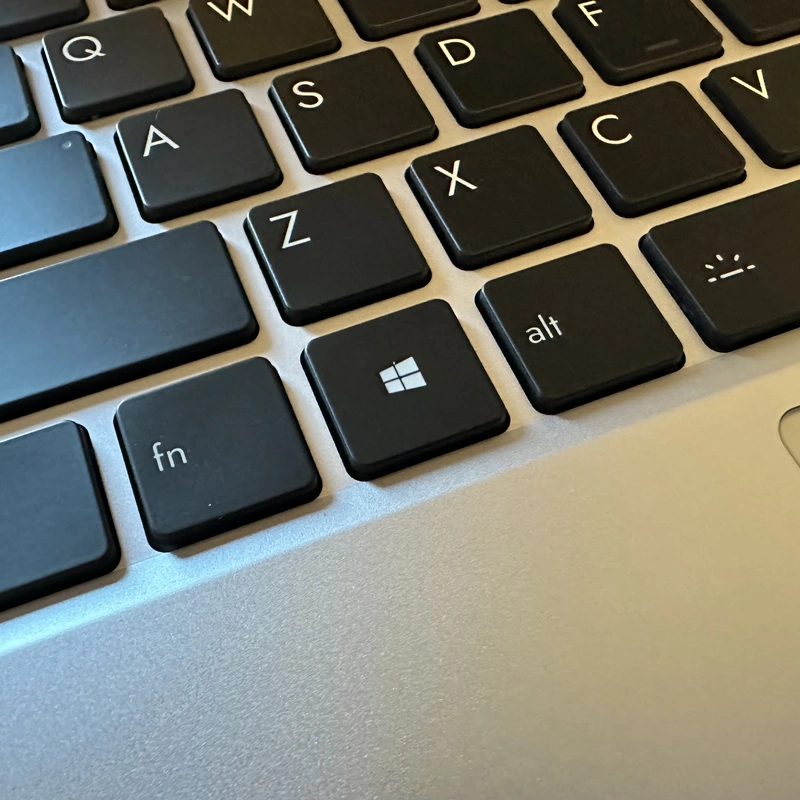
Framework officially supports Ubuntu and Fedora, and encourages users to “bring your favorite Linux distribution”. I’ll install my main distribution now, Pop!_OS 22.04, a derivative of Ubuntu.
Framework comes with Secure Boot enabled by default, so you will need to disable it in the BIOS (F2) to get Pop_OS (or possibly whatever your distro is) installed.
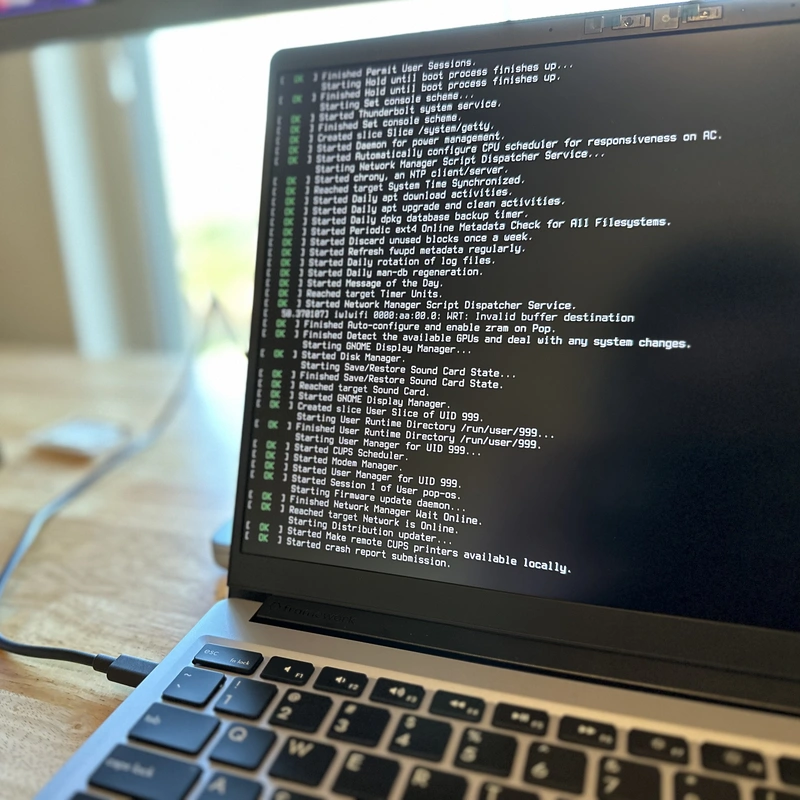
Although the Framework’s Linux compatibility is not perfect, it’s relatively good considered how bad the Linux experience usually is on many modern laptops. I found that most, but not all of the hardware was compatible with Linux.
Most built in features and relevant peripherals I’m using just worked without any issue.
On the other hand, a few features did not work with varying levels of success with recommended fixes.
I won’t count the microphone issue against the laptop since it’s not clear if that’s because I’m using an unsupported distribution.
Will I be keeping it? Ultimately, yes. I’m not blown away by it, but it’s repairable and relatively good as a Linux laptop. Despite meh build quality, it’s still superior to most laptops marketed as “Linux” laptops.
Framework’s modularity means build quality shortcomings wouldn’t be considered permanent in the same sense as it would on any other non-repairable laptop. There is some premium being paid for the ability to repair and replace components at will. I will never be at the will of Apple’s repair protocol with a $700 charge to repair a screen. If I use this laptop for a long time, I have hope that this repairability premium will eventually pay for itself.
Do I recommend it to others? Also yes, but it’s not for everyone. You are more likely to like the Framework if you are 1. a Linux user or 2. someone that sees value in self-repair ability. I otherwise recommend others to wait for better iterations and see if they improve.